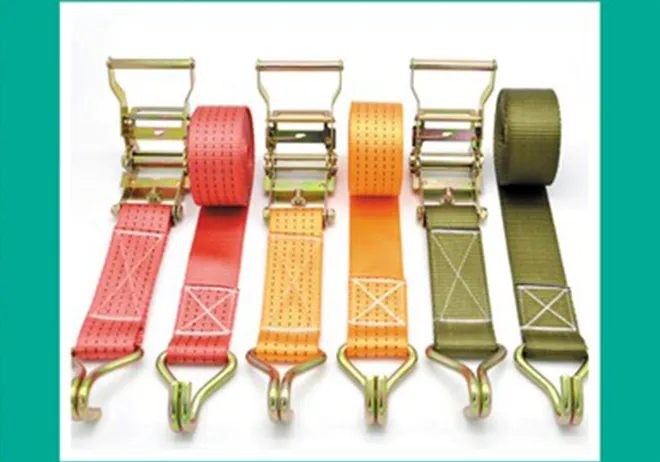Understanding the Basics of Lockstitch Sewing Machines and Their Uses in Textile Industry
Understanding the Lockstitch Sewing Machine
The lockstitch sewing machine stands as a quintessential technology in the realm of garment manufacturing and textile creation. Invented in the 19th century, it revolutionized the way fabric pieces could be joined together. This article delves into the mechanics, applications, advantages, and historical significance of the lockstitch sewing machine.
What is a Lockstitch?
To comprehend the lockstitch sewing machine, one must first understand what lockstitch refers to. A lockstitch is a type of stitch that is formed by interlocking two threads the top thread and the bobbin thread. The top thread passes through the fabric and wraps around the bobbin thread, creating a tight and secure stitching that is both durable and aesthetically appealing. This stitch is characterized by its flatness on the front side and a slightly looser appearance on the back, making it ideal for various sewing applications.
Mechanism of Operation
The lockstitch sewing machine operates on a straightforward yet ingenious mechanism. Typically, these machines are equipped with a needle that moves up and down, carrying the top thread through the fabric. Simultaneously, a bobbin, which houses the bottom thread, rotates to catch the top thread. When the needle rises, it pulls the top thread back slightly, interlocking it with the bobbin thread and securing it in place. The precision of this process results in neat, uniform stitches that are fundamental to garment construction.
Applications of Lockstitch Machines
Lockstitch machines are incredibly versatile and find utility across various sectors. They are primarily used in garment manufacturing, where they stitch seams on shirts, trousers, and dresses. Moreover, their application extends to home sewing, where sewing enthusiasts use them for creating quilts, upholstery, and crafts. The lockstitch is also frequently utilized in heavier fabrics, such as denim and canvas, where strength and durability are paramount.
In addition to these applications, lockstitch machines have been adapted for specialized tasks. Some versions of these machines come equipped with additional features, such as automatic needle threading, programmable patterns, and adjustable stitch length, catering to the evolving needs of modern sewers.
what is the lockstitch sewing machine

Advantages of the Lockstitch Sewing Machine
One of the primary benefits of the lockstitch sewing machine is its ability to create strong, secure stitches. This strength is especially crucial in clothing, where stress and wear can easily lead to seam failure. The lockstitch's design ensures that seams remain intact even under challenging conditions.
Another advantage is the aesthetic quality of lockstitches. The neat appearance of these stitches makes them ideal for visible seams in finished garments. Additionally, the machine operates relatively quietly compared to other types of sewing machines, making it more user-friendly in home and industrial settings.
Lockstitch machines are also generally easy to operate and maintain, with many models featuring intuitive controls and straightforward threading mechanisms. This accessibility has contributed to their popularity among both professional and amateur sewers.
Historical Significance
The invention of the lockstitch sewing machine is often attributed to Elias Howe, who patented his design in 1846. His innovation laid the groundwork for mass production in the textile industry, facilitating the creation of ready-to-wear clothing. Subsequent enhancements made by other inventors, such as Isaac Singer, contributed to the widespread adoption of sewing machines in homes and factories alike.
The historical impact of the lockstitch sewing machine cannot be overstated; it played a significant role in transforming clothing from a handmade to a mass-produced item, drastically changing societal dynamics and consumer behavior.
Conclusion
In summary, the lockstitch sewing machine represents a pivotal advancement in textile technology that continues to benefit the industry today. Its efficient operation, versatility, and ability to create strong, aesthetically pleasing stitches make it an essential tool for garment construction and home sewing alike. Understanding this machine offers greater appreciation for the intricacies of textile production and the artistry involved in sewing. As we move forward, innovations will likely enhance its capabilities, ensuring that the lockstitch machine remains a vital part of our sewing landscape.
-
Heavy Duty Leather Sewing Machine: A Must-Have for Professional LeatherworkNewsMay.28,2025
-
Leather Sewing Machine: Essential for High-Quality LeathercraftNewsMay.28,2025
-
Extra Heavy Duty Sewing Machine for Premium Leather ApplicationsNewsMay.28,2025
-
Walking Foot Cylinder Arm Sewing Machine: Precision and Power CombinedNewsMay.28,2025
-
Industrial Cylinder Arm Sewing Machine: Engineered for High-Performance StitchingNewsMay.28,2025
-
Cylinder Bed Sewing Machine: A Powerful Solution for Precision StitchingNewsMay.28,2025
-
Zigzag Sewing MachineNewsMay.12,2025





























